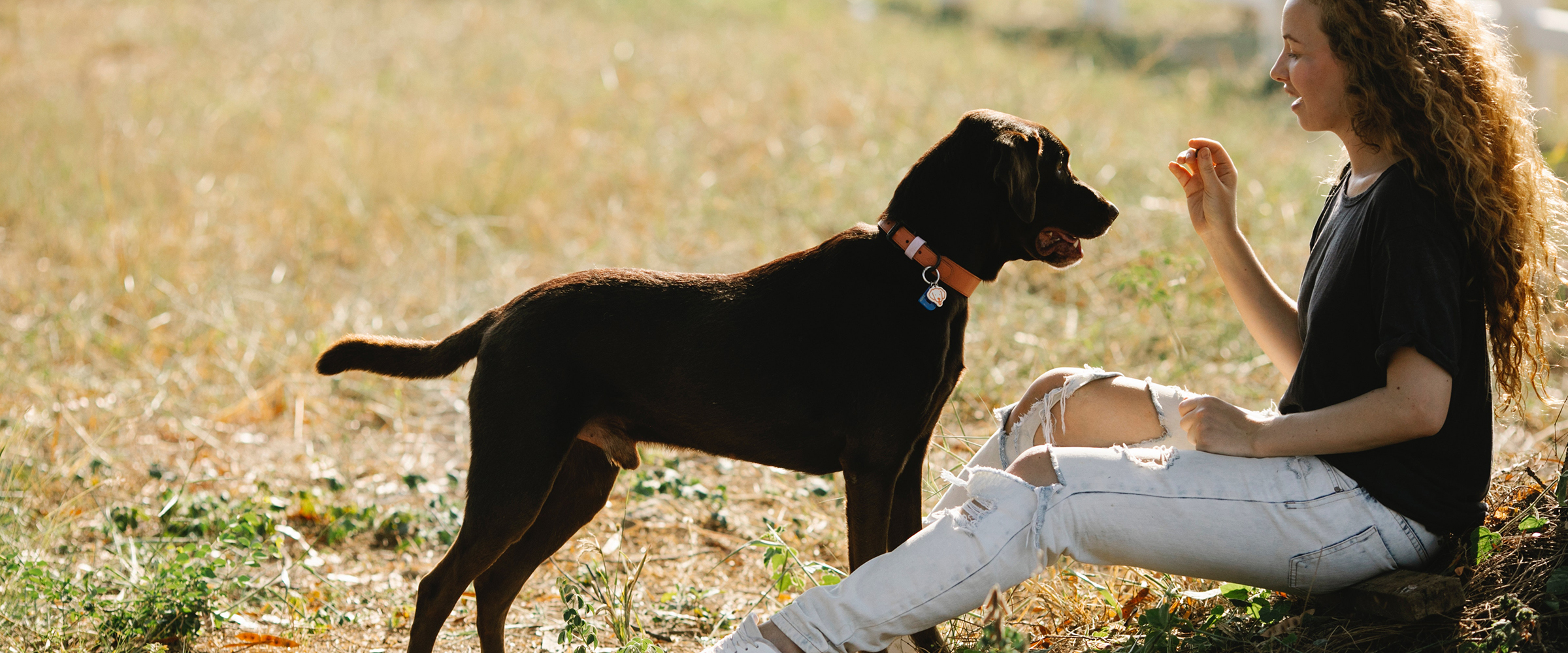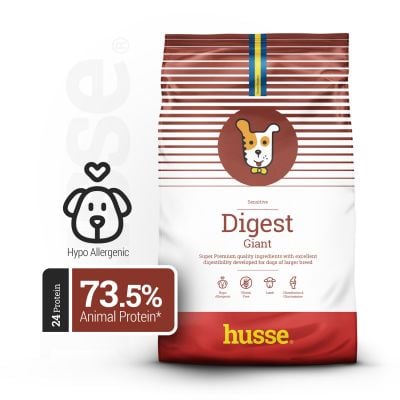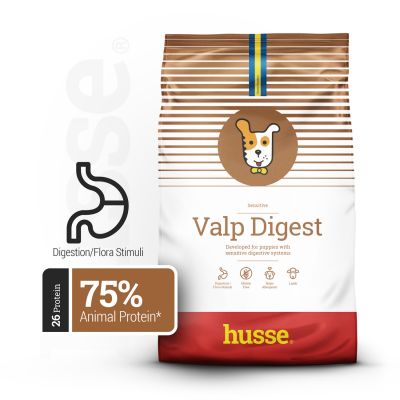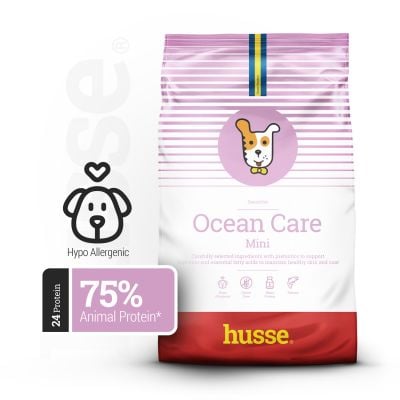Can a dog eat chocolate? Learn the facts and myths about it!
Health
Stomach
Pet keepers often wonder how to diversify their pet's diet. We often offer dogs tasty morsels from the table or delicacies specially prepared for them. While there are many ingredients from your home pantry you can sneak into your dog's diet, not all grocery items should be included in your pet's meal. Are there ingredients that should be strictly avoided in a dog's diet? Dog owners often wonder if a dog can eat chocolate, but the favourite sweet snack of many gourmands for pets is, unfortunately, poisonous. Why does chocolate harm dogs, and what to do when a dog eats chocolate? Find out why chocolate is poisonous to your dog and exclude it from your pet's diet.

Dogs and chocolate - is that a good idea?
Unlike cats, which do not sense sweet taste, dogs are enormous foodies that are happy to welcome sweets in their diets. However, not all of the sweet treats you have at home should be part of your dog's diet. Remember that your pet cannot understand that something he likes can also be harmful to it. And is chocolate harmful to a dog? Definitely yes! Even one square of chocolate can lead to poisoning, so do not give it to your pet at all. You can find a variety of healthy alternatives for dog sweets at pet stores, and the web for many recipes for delicious dog biscuits that you can bake on a free afternoon. Also, try the healthy snacks for Husse dogs. It is worth remembering that treats can under no circumstances replace a healthy and balanced diet of a dog - preferably in the form of a properly selected dry dog food. Depending on the age of your pet, you should give puppy food, food for adult dogs or food for seniors.
Why can't dogs eat chocolate?
Chocolate is on the list of ingredients prohibited in the dog's diet. Wondering why dogs can't eat chocolate? Cocoa and chocolate contain theobromine, which the canine body cannot metabolize as fast as the human body. Quadrupeds are also not adapted to the excretion of compounds found in chocolate, which in turn leads to their accumulation in the body. In high concentrations, theobromine is poisonous to the dog. The most abundant theobromine is found in dark cocoa, dark chocolate and dark chocolate. There is much less theobromine in milk and white chocolate. You are probably wondering now if dogs can eat white and milk chocolate? Although the concentration of theobromine in these products is lower, chocolate should not appear in any amount in your pet's diet.
Why is chocolate poisonous to a dog?
Still, wondering why your dog can't eat chocolate? The dog's body is not adapted to metabolizing theobromine. In dogs, this process is much slower, so theobromine builds up and accumulates in the body until it reaches a concentration that is poisonous to the dog. It is just as harmful to eat large amounts of chocolate at one time, as is regularly administering small amounts. In dogs, the excretion of theobromine and the ingredients contained in chocolate is much more difficult, so it is not difficult to exceed the level of theobromine, which is harmful to health.

What to do if your dog eats chocolate?
If your dog eats even the smallest dose of chocolate, do not hesitate to contact your veterinarian immediately. When you know that your pet has eaten chocolate relatively recently, i.e. within the last several dozen minutes, the best solution is to make your pet vomit immediately. The easiest way to do this is to give your dog hydrogen peroxide directly into the dog's mouth. It is recommended to administer 1.5-2 ml of water for every kilogram of the dog's body weight, but the dose should not exceed 50 ml. If hydrogen peroxide does not have the desired effect, be sure to go to the veterinarian with your pet. In the event of chocolate poisoning, the veterinarian will perform gastric lavage in the dog and give the dog drips to replenish the rinsed vitamins and minerals, thus also facilitating the process of cleansing the body of toxins.
Symptoms of chocolate poisoning in a dog?
When theobromine concentration in the body reaches the toxic level, usually after 24 hours, symptoms of poisoning can be expected. However, the first symptoms may appear after 4 hours. A dog that has been poisoned with chocolate may experience balance problems, shortness of breath, rapid breathing, and abnormal heart rhythms. A quadruped on chocolate may drink more water and urinate more. In some cases, poisoning may be accompanied by convulsions, drooling, marked hyperactivity and even irritability. Severe and advanced stages of chocolate poisoning are characterized by muscle stiffness, a drop in body temperature, diarrhoea, and blood in the urine.
Chocolate and the threat of life?
The course of chocolate poisoning depends on the dose consumed and the type of chocolate, as well as the dog's body weight, general health, age and level of activity. Remember that each chocolate contains a different dose of theobromine and there is no definite toxic dose for dogs of all ages and sizes. It is estimated that the toxic dose of theobromine for dogs is 100-300 mg/kg.



















.png)





